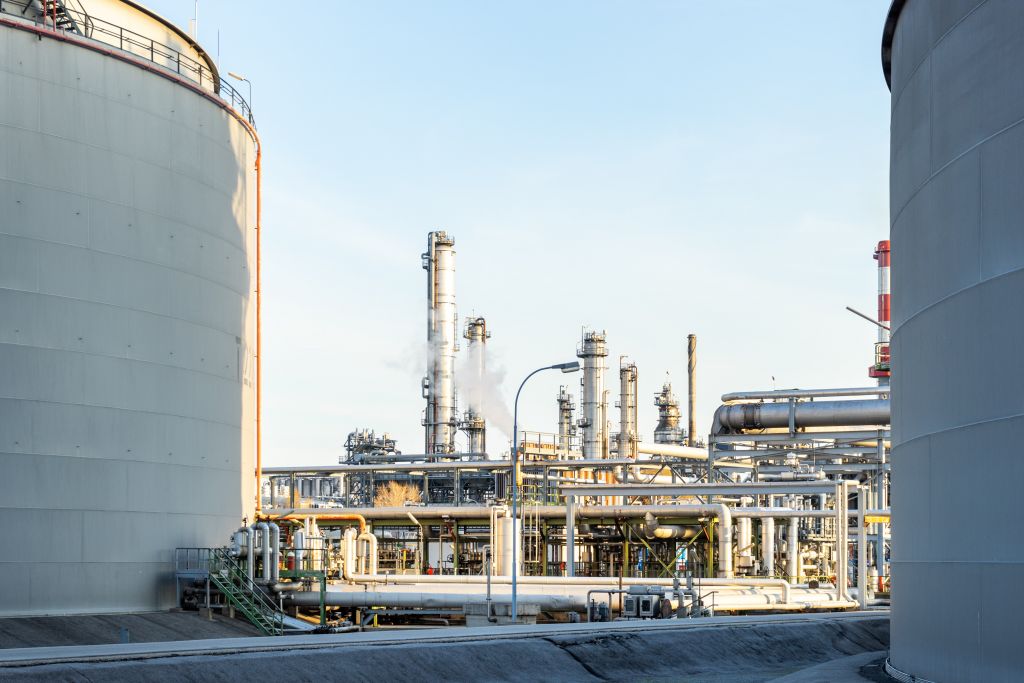Asset Integrity Management (AIM) and Asset Performance Management (APM) are concepts that often get confused. Indeed, both focus on enhancing maintenance plans while reducing costs. However, it is necessary to understand which problems they specifically address to visualize the scope of their benefits. In this context, let’s learn about the main differences between these two vital concepts for heavy asset industries.
The role of AIM
As the name suggests, Asset Integrity Management focuses on the physical integrity of the asset, its purpose is to improve operational safety and maintenance planning. This strategy provides necessary outputs to industries about the machinery’s health and degradation state. Besides that, by constantly monitoring the asset’s physical conditions, companies can safeguard workers and increase environmental efforts.
To achieve this, AIM tools usually contextualize data from multiple sources, integrating technologies such as Digital Twin and AI to provide valuable maintenance insights. In this sense, it optimizes the asset life cycle by providing tools for real-time data management. Beyond that, AIM has a deep impact on asset availability, helping to prevent unplanned shutdowns and equipment failure.
In essence, AIM seeks operational awareness. This means that operations will have the capability to execute intervention plans at the most convenient time. And, to reach tailored maintenance insights, AIM considers variables such as budget constraints, operational goals, and resource allocation. This scenario showcases the immense potential of AIM. According to Research and Markets, the market is expected to reach $35.07 billion in 2025.

The role of APM
On the other hand, Asset Performance Management is more about running an asset at peak performance. It refers to a concept that will add to AIM, helping overview and improve processes. APM consists of a more abrasive concept, allowing the visualization of the relation between all equipment within the entire asset. By doing this, it prevents performance decline through predictive analysis and personalized maintenance strategies.
According to the LNS Research, APM looks at the whole lifecycle of an asset, enabling organizations to make decisions that optimize not just their assets, but their operational and financial results as well. In this context, this tool contemplates the overall productivity of the whole system, allowing to visualize more complex scenarios. For this reason, heavy-asset industries can now embrace automated diagnosis regarding the entire operation’s performance.
In this sense, an APM strategy integrates all equipment data, advanced analytics, support content, and AI tools in a unique channel. The strategy is structured like this to manage and organize the asset’s productivity and stability. Indeed, their purpose is to reach the asset’s peak productivity while considering variables such as time constraints, budget limitations, resource availability, and the operation’s scope.
Furthermore, APM focuses on transforming maintenance plans into results. It sets itself ahead of other methodologies by combining asset integrity management, health monitoring, reliability, and intervention plans in a unique channel. This way, APM can provide strategic insights based on the operation’s bottlenecks and predictive measures.
Which one is better?
Answering this question may not be such an easy task. Both concepts serve important roles and have their unique advantages, but they address different aspects of asset management. The decision of which one is “better” depends on what an organization wants to achieve. It varies according to the industry’s scope, needs, and goals.
According to Cenosco, Asset Integrity Management will help keep the integrity of your equipment, making sure it is up and running safely and as it should. Meanwhile, Asset Performance Management will help you find the best way to use your equipment within the larger system, ultimately assessing that asset’s performance.
The choice between AIM and APM or their combination should consider the organization’s priorities and objectives. While AIM is more about inspection, safety, and avoiding failure, APM is more about running an asset at full productivity. Indeed, the most effective approach may involve integrating both concepts to achieve a comprehensive asset management strategy that encompasses integrity, performance, and efficiency.



